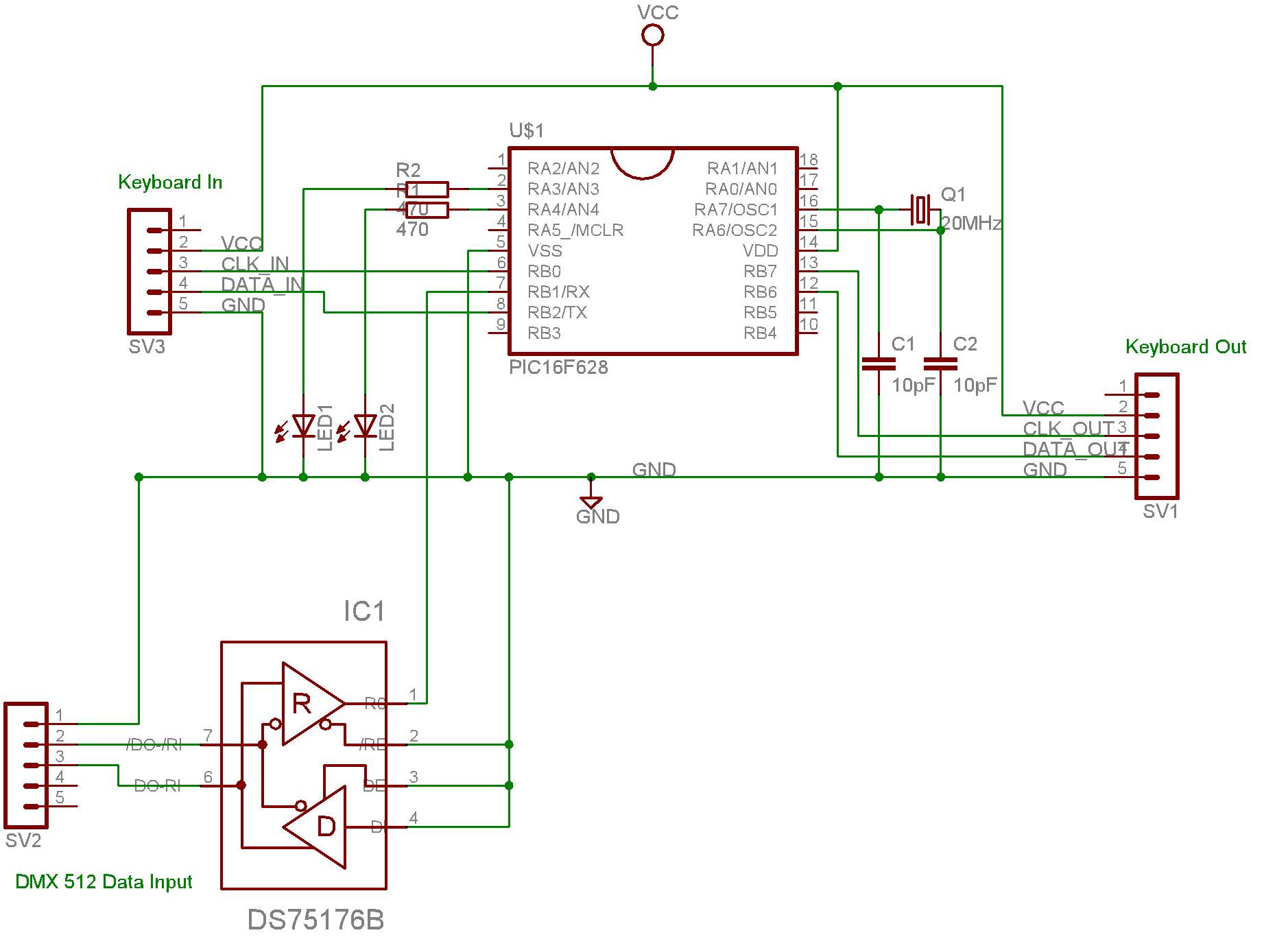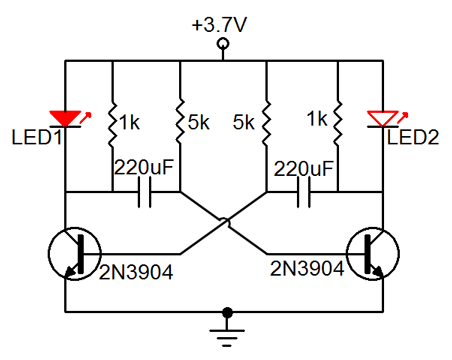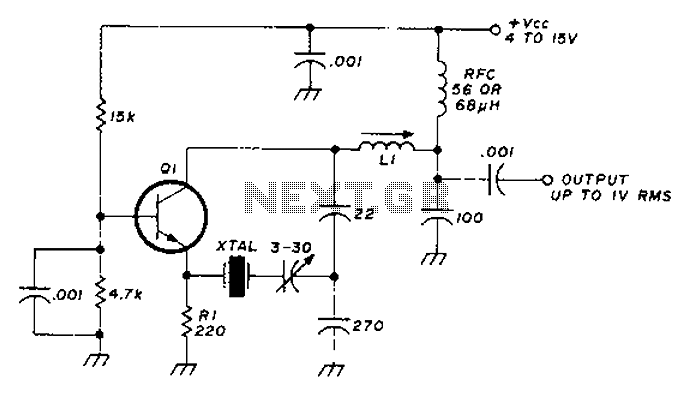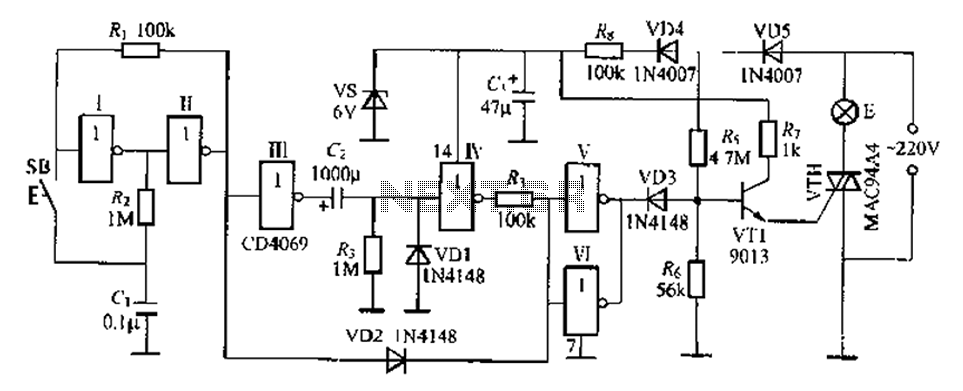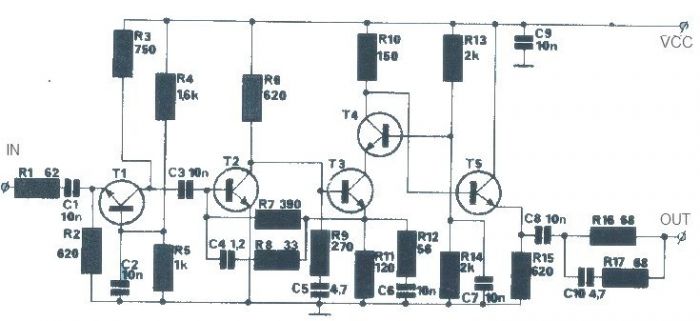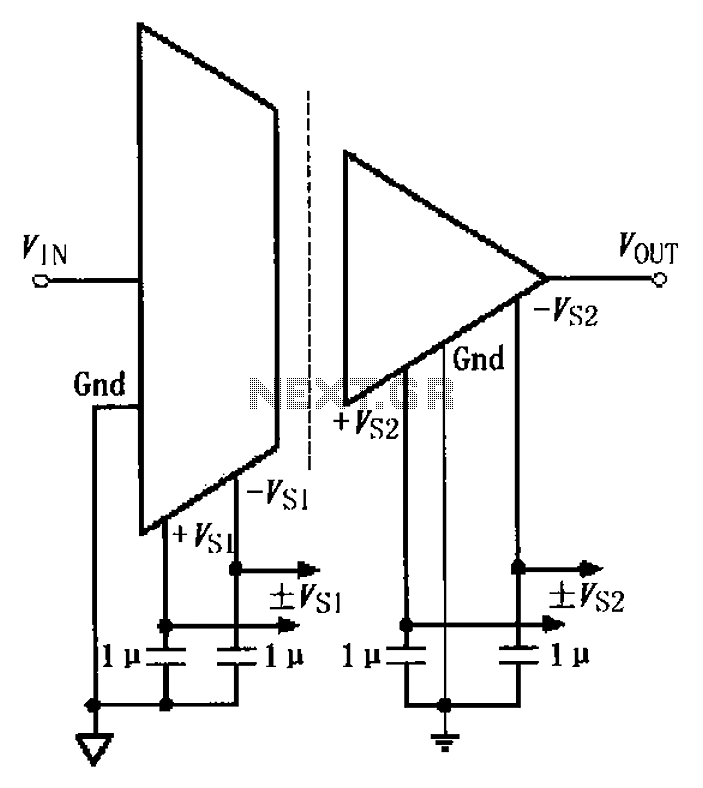
AM-fidelity wireless microphone circuit
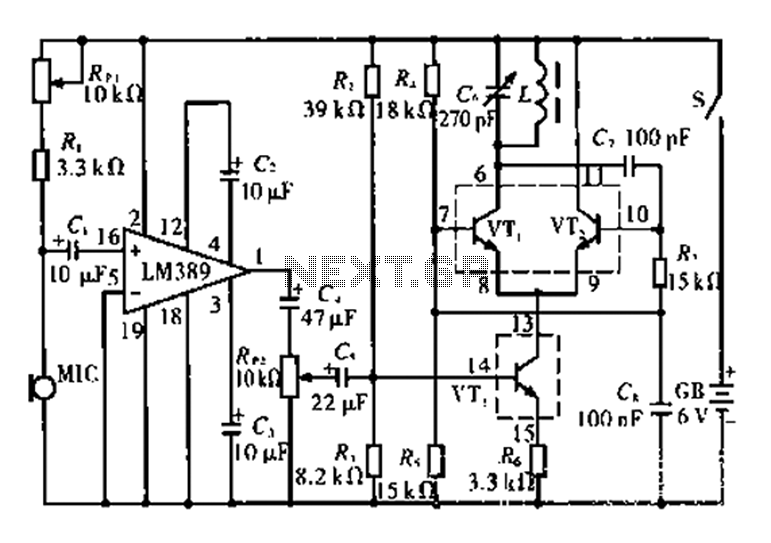
This circuit is tested and functional. The LM389 integrated circuit serves as the core element, where the voice channel number is acquired by the microphone (MIC) and converted into electrical signals. These signals are amplified by the volume control potentiometer (Rp2) and capacitor (C5). A differential current source circuit is coupled to the base of transistor VT3. Transistors VT1 and VT2 work together as a radio frequency oscillator, while inductor L and capacitor C6 form a parallel high-frequency oscillation tuning circuit. Capacitor C2 acts as an anti-oscillation capacitor.
The circuit utilizes the LM389 integrated circuit, which is a versatile audio amplifier known for its low noise and high performance. The microphone (MIC) captures sound waves, converting them into an electrical signal that is initially weak. This signal is then routed through the volume control potentiometer (Rp2), allowing for adjustment of the output level before amplification. Capacitor C5 is used in conjunction with the potentiometer to filter and stabilize the signal, ensuring that unwanted noise is minimized.
The differential current source circuit connected to the base of transistor VT3 enhances the circuit's ability to drive the subsequent stages efficiently. Transistors VT1 and VT2 form a radio frequency oscillator, which is critical for generating the necessary oscillations for modulation purposes. The inductor (L) and capacitor (C6) create a resonant circuit that allows for precise tuning of the oscillator frequency, enabling the circuit to operate at the desired radio frequency.
Capacitor C2 serves as an anti-oscillation capacitor, preventing unwanted feedback that could lead to instability in the circuit. This configuration ensures that the circuit remains stable under varying load conditions and maintains a consistent performance. Overall, this circuit design is effective for applications that require audio signal amplification and modulation, making it suitable for various electronic communication devices.AM This circuit is tested and functionable. LM389 integrated circuit as the core element, the voice channel number acquired by the microphone MIC and converted into electrical signals, amplified by the volume control potentiometer Rp2 and C5, a differential current source circuit coupled to the base VT3 pole. VT1, VT2 group together into a radio frequency oscillator, L, C6 is parallel high-frequency oscillation tuning circuit, C2 is anti-oscillation capacitor-fed.
The circuit utilizes the LM389 integrated circuit, which is a versatile audio amplifier known for its low noise and high performance. The microphone (MIC) captures sound waves, converting them into an electrical signal that is initially weak. This signal is then routed through the volume control potentiometer (Rp2), allowing for adjustment of the output level before amplification. Capacitor C5 is used in conjunction with the potentiometer to filter and stabilize the signal, ensuring that unwanted noise is minimized.
The differential current source circuit connected to the base of transistor VT3 enhances the circuit's ability to drive the subsequent stages efficiently. Transistors VT1 and VT2 form a radio frequency oscillator, which is critical for generating the necessary oscillations for modulation purposes. The inductor (L) and capacitor (C6) create a resonant circuit that allows for precise tuning of the oscillator frequency, enabling the circuit to operate at the desired radio frequency.
Capacitor C2 serves as an anti-oscillation capacitor, preventing unwanted feedback that could lead to instability in the circuit. This configuration ensures that the circuit remains stable under varying load conditions and maintains a consistent performance. Overall, this circuit design is effective for applications that require audio signal amplification and modulation, making it suitable for various electronic communication devices.AM This circuit is tested and functionable. LM389 integrated circuit as the core element, the voice channel number acquired by the microphone MIC and converted into electrical signals, amplified by the volume control potentiometer Rp2 and C5, a differential current source circuit coupled to the base VT3 pole. VT1, VT2 group together into a radio frequency oscillator, L, C6 is parallel high-frequency oscillation tuning circuit, C2 is anti-oscillation capacitor-fed.
Warning: include(partials/cookie-banner.php): Failed to open stream: Permission denied in /var/www/html/nextgr/view-circuit.php on line 713
Warning: include(): Failed opening 'partials/cookie-banner.php' for inclusion (include_path='.:/usr/share/php') in /var/www/html/nextgr/view-circuit.php on line 713
